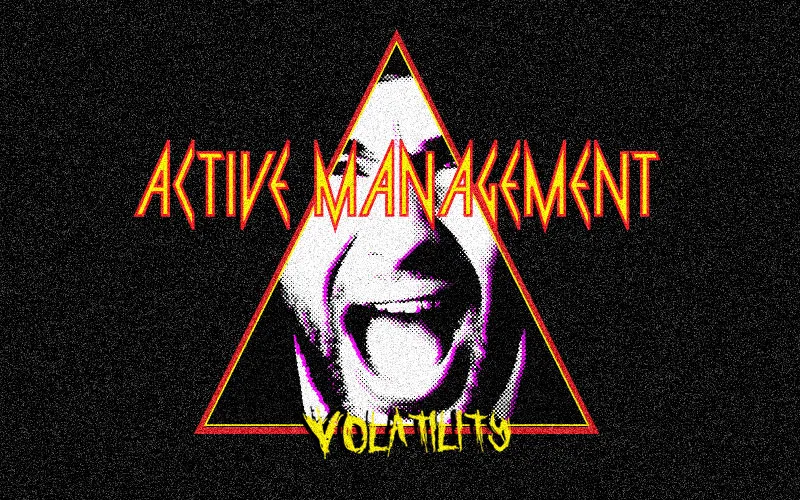I always suspected my musical tastes were a bit eclectic, but I never realized they could be empirically bad. Clearly I have a small degree of permanent hearing loss in both ears, mostly likely from blasting Def Leppard's “Pour Some Sugar On Me” in my best friend’s Ford Mustang throughout 1988, but surely that couldn’t have rendered me utterly tone deaf in later life, right?
Wrong. During the winter Olympics I discovered that my appreciation of Coldplay was obviously a sign of extremely poor musical taste. Twitter experienced a #Coldplay meltdown several nights during the two-week athletic event, delivering lovely bon mots such as “But SERIOUSLY though, wtf is up with every #Olympics #iceskating & #icedancing routine being done to effing #Coldplay?!” and “What can’t Coldplay ruin?” It seemed I had missed out on a cultural phenomenon: It is now officially hip to hate Coldplay.
I shouldn’t be surprised. Public opinion is so polarized these days that opinions can become passionate and widely held without being entirely well reasoned. It’s even happened in the money management industry, where the amount of spleen afforded to active management has reached epic proportions. It’s gotten to the point where I hear the words “Beta, beta, beta” whined nearly constantly in my brain a la Jan Brady, and someone smugly uttering the words “smart beta” is alone enough to make my teeth grind.
It’s almost ridiculously easy to tar active management with an extremely large and drippy brush, given the fact that it hasn’t been setting the performance world on fire during a nine-year bull market almost devoid of volatility. In fact, according to Morningstar, only 26 percent of active managers beat their benchmarks against that kind of backdrop in 2016. And while that number is abysmal all on its own, it is up from 2014's figures, when 86 freaking percent of active large cap managers failed to beat the S&P 500. So perhaps it’s no wonder why assets in passive strategies have jumped from 20 percent of the U.S. investing market in 2007 to roughly 33 percent at the start of 2018.
But, like Def Leppard making a long-awaited (at least for me) Hysteria comeback tour in 2018, active management may be also be staging a revival. From their dismal underperformance in 2016, 43 percent of active managers outperformed their benchmarks in 2017, with 11 out of 12 investment styles showing improvement in overall performance. And that’s just with a relatively minor increase in market instability.
But investors aren’t anticipating a minor increase in volatility. According to a Natixis institutional investor survey released in February 2018, 78 percent of investors are expecting a spike in stock market volatility in 2018, leading many to consider active managers and alternative investments this year.
Yes, it seems that the sainted passive investment strategies aren’t well suited to every market environment, particularly one ripe for a correction. An August 2009 study by Zheng Sun, Ashley Wang, and Lu Zheng found that, from 1980-2008, the most active mutual funds outperformed the least active ones by 4.5 percent to 6.1 percent per year in down markets, after adjusting for risk and expenses. A more recent study from Morningstar came to a similar conclusion — that “active U.S. stock funds succeeded nearly twice as often in down 36-month periods” and that the trend was true across major U.S. stock Morningstar categories.
And why would investors anticipate a market downturn? Well, pick a reason, any reason. From geopolitical tensions between the U.S. and just about everyone else, potential trade wars, nuclear tensions with North Korea and Iran, Brexit, Russiagate, the end of quantitative easing, potential inflationary pressures — any and all of these could be the matador that slays the bull. Hell, the very existence of a Def Leppard Hysteria comeback tour may be a sign of the apocalypse for all I know, albeit one for which I will know all the words.
Now, it is true that the Morningstar study found more positive than down market environments during the 20-year period studied, but it’s also true that a five-year annualized return of 10 percent or more for the Standard & Poor's 500 stock index has never produced a similar annualized return over the following five-year period. In fact, when 55 such periods of return were analyzed (from 1995-2017), only 20 percent of returns for the next period were even positive. The best return for a successive period was a mere 2.84 percent.
Given those metrics, and the fact that the market is not always going to be hot (and sticky sweet, from its head to its feet, yeah), it probably stands to reason that there is a place in a well-balanced portfolio for both active and passive strategies. Any other approach, or irrational active management bashing, seems a recipe for “when you try your best but you don’t succeed, when you get what you want but not what you need.”







